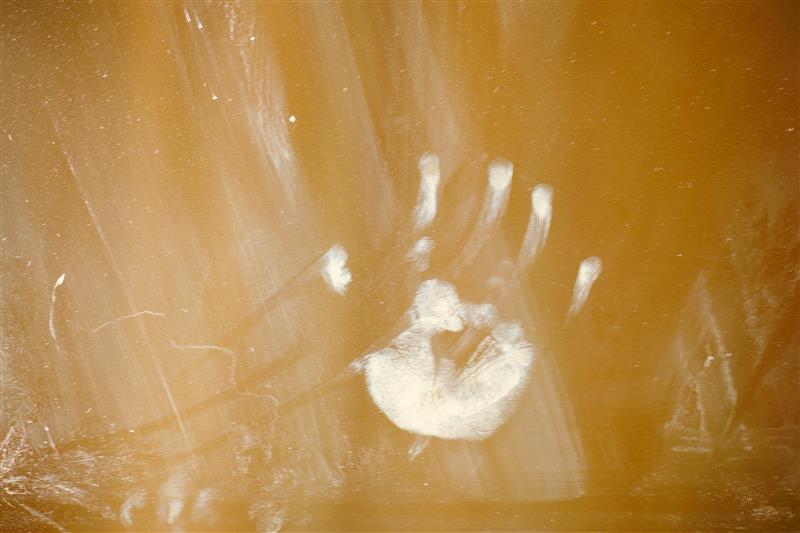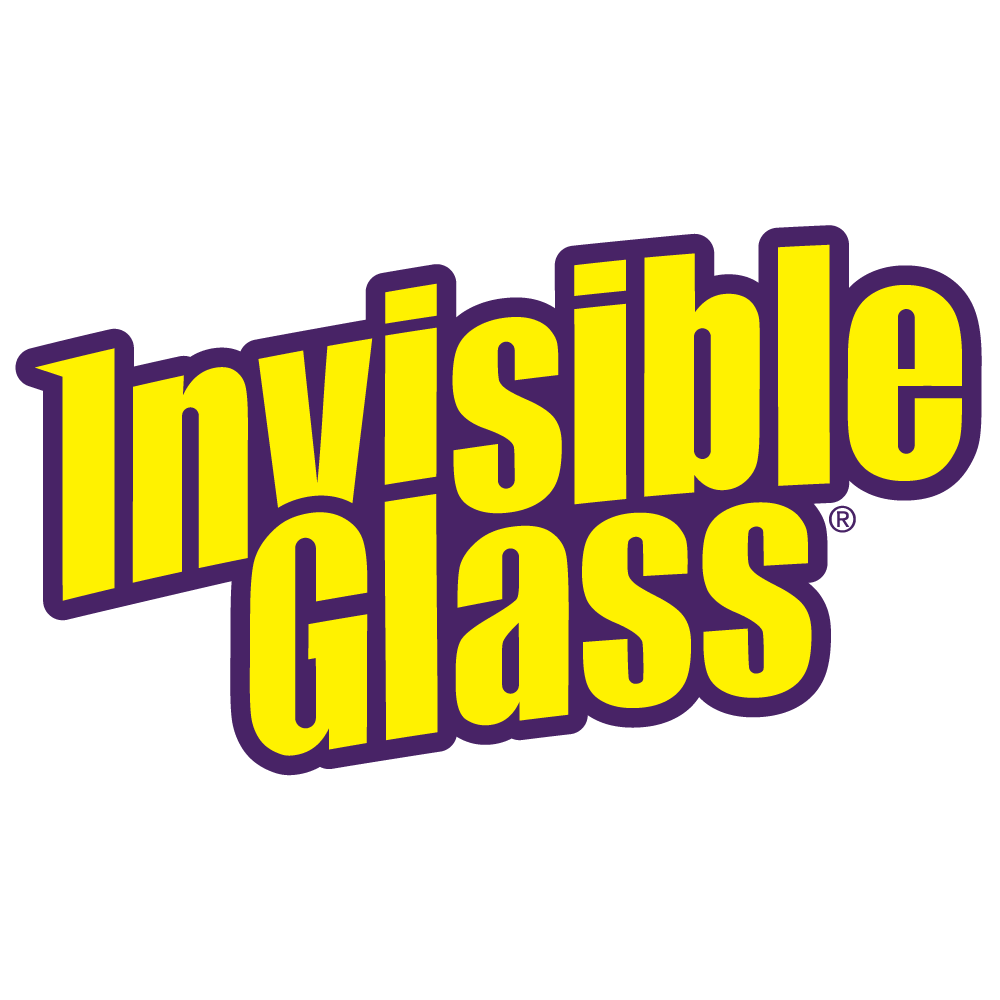
Fingerprints on glass are one of those small but stubborn annoyances that instantly make a space look less clean than it is. Whether you're dealing with smudges on a mirror, windows, sliding doors, or even glass tables, those oily marks can be surprisingly difficult to remove.
If you've tried wiping them away with a paper towel or regular cleaner only to be left with streaks or worse—more smears—you're not alone.
The secret to spotless glass?
The right tools and a proper technique.
In this guide, we’ll show you how to remove fingerprints the right way: quickly, completely, and without streaks.
Why Fingerprints Are Hard to Clean Off Glass
Fingerprints may look harmless, but they’re made of oils, sweat, and fine dirt. This filmy mess sticks to glass and resists most basic cleaners, especially water-based sprays or all-purpose wipes.
Paper towels and cotton rags don’t absorb the oils in fingerprints. Instead of lifting the residue, they smear it across the surface, which often makes the glass look streakier after cleaning.
What You Need to Clean Fingerprints
For clean, streak-free results, you need two things:
|
Tool |
Why It Works |
|---|---|
|
Invisible Glass Cleaner |
Free from dyes, ammonia, soaps, and foaming agents—so it cuts oils without leaving residue |
|
Microfiber Towel |
Designed to trap and lift oils, dust, and dirt instead of pushing them around |
This combo is safe for tinted glass, mirrors, windows, and even tech screens (just spray the towel, not the surface).
How to Clean Fingerprints Off Glass: Step-by-Step
Follow these simple steps to remove fingerprints without leaving streaks behind.
Step 1: Choose the Right Conditions
Avoid direct sunlight or strong artificial light. Heat causes the cleaner to dry too fast, which can leave behind streaks. Work when the glass is cool and the light is indirect.
Step 2: Spray the Towel, Not the Glass
Apply Invisible Glass directly to your microfiber towel—never onto the glass. This method of application gives you more control and avoids overspray onto surrounding surfaces like wood, trim, or electronics.
Just two light sprays on a folded section of the towel are enough.
Step 3: Wipe in Smooth, Overlapping Motions
Use long, controlled wipes in a soft S-pattern or zig-zag motion.
● Start at the top and work your way down.
● Don’t press too hard—let the cleaner and towel do the work.
● Cover the full surface without scrubbing or circling.
Step 4: Buff Dry with a Clean Side
Flip your towel to a dry section and lightly buff the surface. Gentle buffing removes remaining moisture and leaves behind a clear, polished finish.
If the towel becomes damp or dirty, swap it for a fresh one. A clean towel makes all the difference.
Step 5: Inspect from Different Angles
Step back and check the surface from multiple angles. Some streaks or missed spots are only visible when light hits just right.
If needed, reapply a small amount of cleaner to a clean part of the towel and touch up.
How to Keep Fingerprints from Coming Back
You can’t stop fingerprints entirely—especially in busy homes—but you can make them less noticeable and easier to remove.
Everyday Prevention Tips
● Use handles or door frames instead of pressing directly on the glass.
● Wipe high-touch areas every few days with a clean, dry microfiber towel.
● Add a light glass wipe-down to your weekly cleaning routine for tables and mirrors.
These small habits prevent buildup and keep your glass looking clean between deeper cleanings.
Want Longer-Lasting Protection?
If you want to go a step further, a hydrophobic glass coating can help. These coatings create a slick surface that repels oils, fingerprints, and smudges, making cleaning easier and less frequent.
One option is the Invisible Glass Hybrid Ceramic Rain Repellent & Glass Cleaner. It combines the streak-free cleaning power of Invisible Glass with long-lasting water-repellent protection. Originally designed for windshields, it's also effective on exterior glass doors or high-touch areas where fingerprints are common.
Where to Use This Method – It’s Not Just for Windows
Fingerprints show up on all kinds of glass, not just the obvious ones. This method works wherever smudges, oils, and skin marks tend to collect. Whether it's the bathroom mirror or your tablet screen, Invisible Glass and microfiber make quick work of it.
Here are some of the most common places where this technique shines:
Ideal Surfaces for This Glass-Cleaning Method
|
Glass Surface |
Why These Surfaces Need Frequent Cleaning |
|---|---|
|
Bathroom mirrors |
Fog, splatter, and fingerprints build up quickly. |
|
Glass coffee and side tables |
High-touch areas like these pick up visible smudges. |
|
Sliding patio doors |
Constant contact, often with hands or pets, means lots of fingerprints and smudges. |
|
Picture frames |
Frames get dusty edges and oily smears from adjusting or moving. |
|
Shower glass panels |
Shower glass has water spots, fingerprints, and soap scum. |
|
Oven doors and stovetops |
Kitchen surfaces pick up cooking splatter, oils, and greasy fingerprints. |
|
Phone and tablet screens |
So many germs! These surfaces are always touched and rarely cleaned properly. (Spray the towel, not the screen.) |
Final Thoughts – Clear Glass, No Guesswork
Fingerprints are one of the most common glass complaints—and thankfully, one of the easiest to fix with the right tools and a little technique.
Invisible Glass, paired with a clean microfiber towel, lifts away oils and smudges without streaks, residue, or frustration. No scrubbing. No haze. Just fast, effective results.
Here’s the routine to remember:
● Spray the towel, not the glass
● Wipe with light, steady pressure
● Buff dry with a clean side
● Check your work in good light
Whether it’s your bathroom mirror or your sliding door, glass should disappear into the background. Clean yours right, and the difference will be clear.



